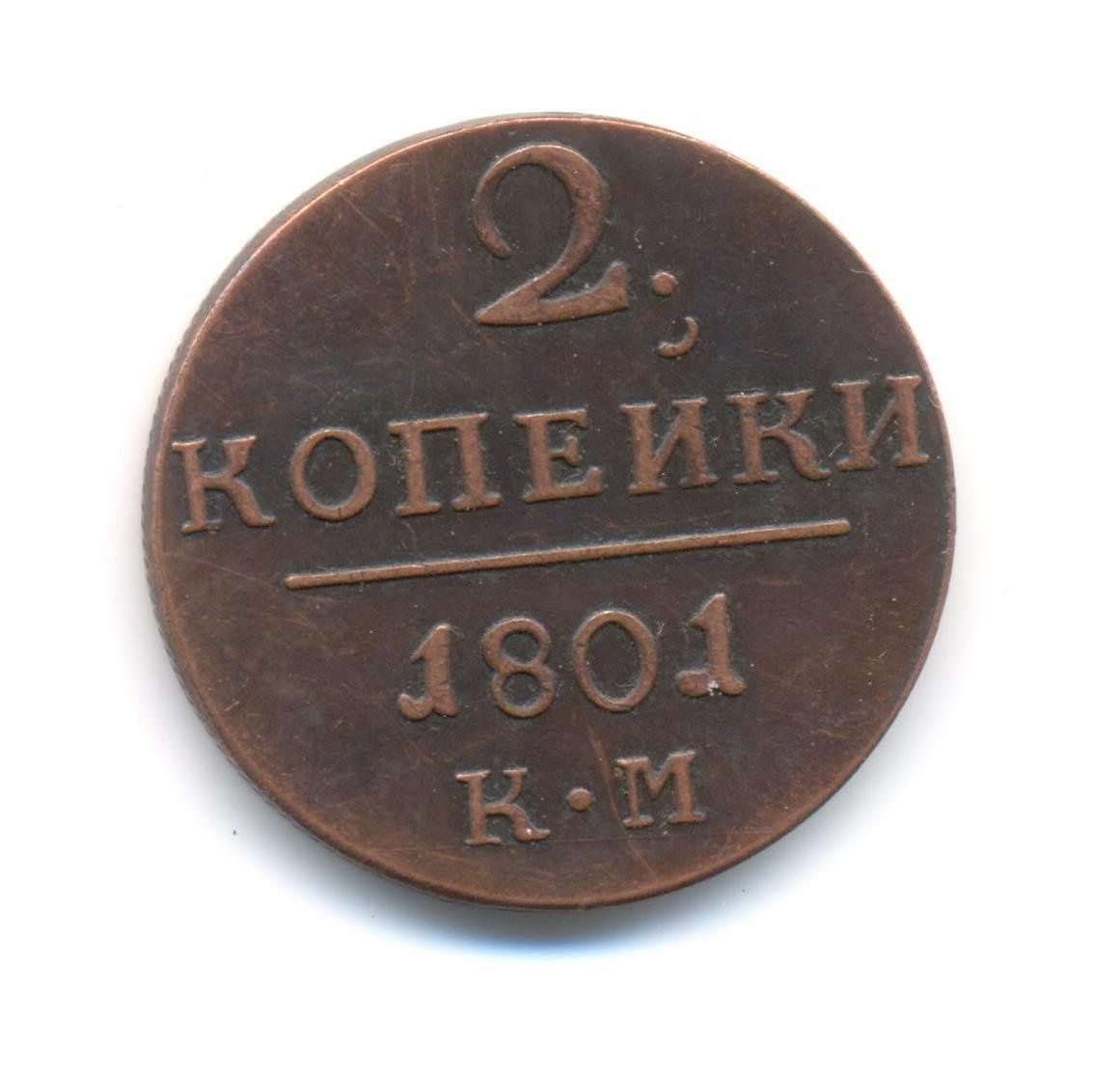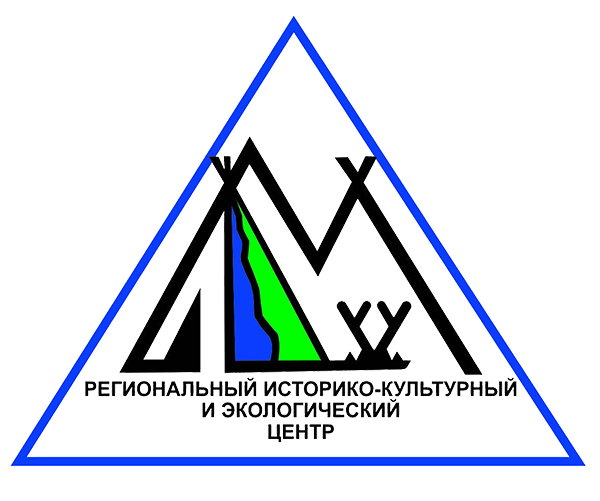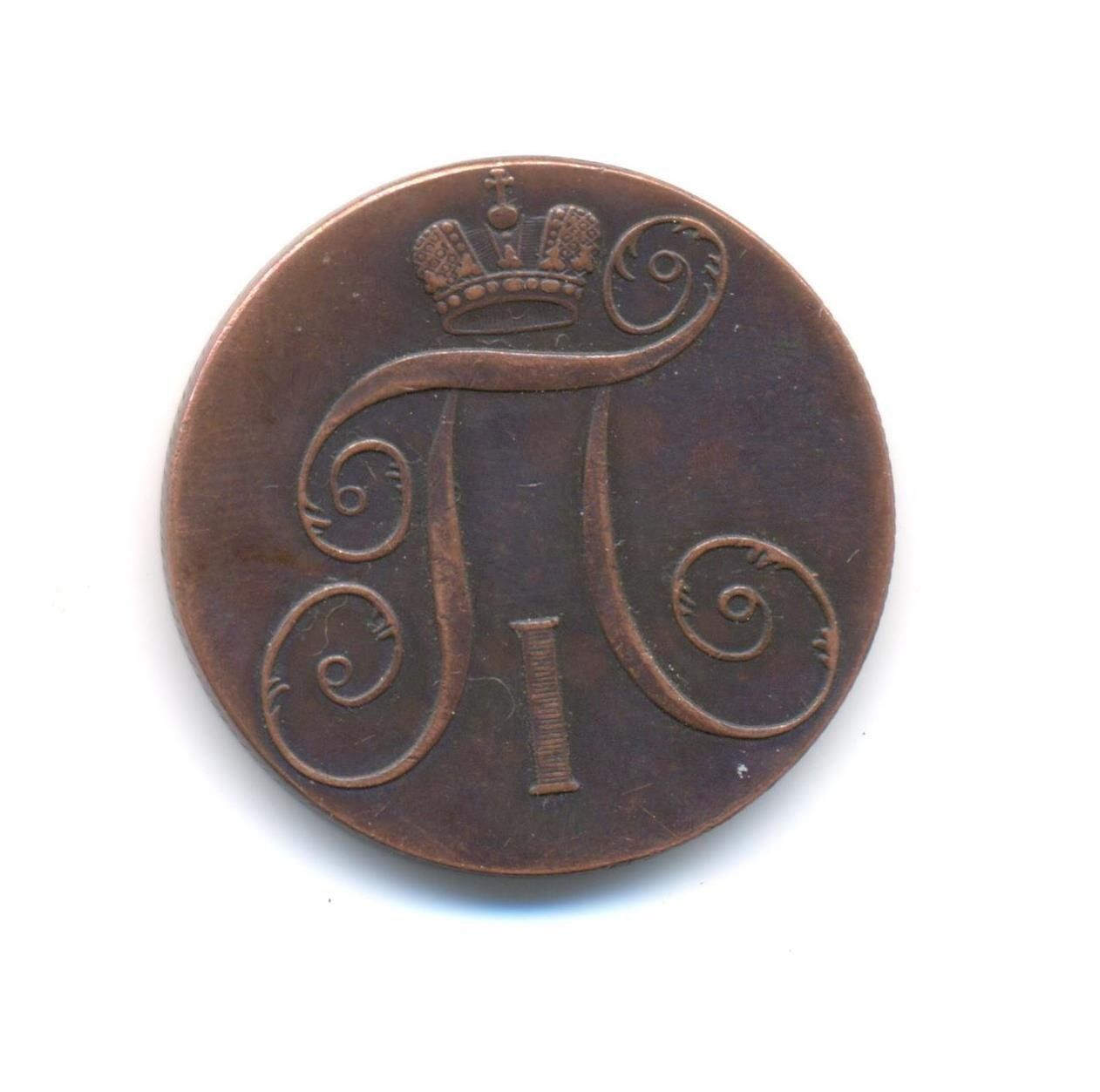Рубрика: Предметы и Факты (+translation) (от 04.02.2023)

Павел I был несомненным влиятельным царем Российской империи и великим реформатором своего времени. Он был сыном Екатерины Великой и Петра III, родился в 1754 году в Санкт-Петербурге и правил с 1796 по 1801 год. Известен тем, что пытался модернизировать Россию. Его правление было периодом больших потрясений в России, но он был полон решимости реформировать российскую администрацию, поскольку считал, что страна находится в состоянии хаоса.
Потрясения затрагивали непосредственно и экономику. Дело в том, что из-за выпуска большого количества бумажных денег предшественницей Екатериной II и тем, что они не были полностью обеспечены медной монетой, накопился огромный госдолг и началась сильная инфляция. Чтобы поправить положение, новый император решил избавиться от бумажных денег и увеличить объемы чеканки монет. Уже в декабре 1796 года перед Зимним дворцом сожгли первые 5 миллионов рублей ассигнациями и запустили обмен бумажных денег на золотые, серебряные и медные монеты. Копия последних как раз хранится в наших фондах и, что немаловажно, это копия именно оригинальных монет Павла. Дело в том, что при Екатерине II начали перечеканивать монеты из 32-рублевой стопы в 16-рублевую. Иначе говоря, уменьшали количество металла в монете. Екатерина Вторая после занятия трона велела перечеканивать деньги в меньшую стопу, что увеличивало их ценность. Но в конце ее правления финансовое положение в стране было столь шатким, что ей пришлось отдать распоряжение чеканить монеты обратно из 16-рублевую стопу, в 32-рублевую. Павел I, придя к власти вместо матери, велел чеканить монету обратно из 32-рублевой стопы в 16-рублевую. По этой причине многие медные монеты содержат следы многократного перечекана.
Все новые монеты же имели практически одинаковый дизайн с тем, что вы можете видеть на изображении (предмет был получен в дар от О.С. Колотиловой). А вот традиционные монеты с изображением монарха в тираж так и не вышли, несмотря на тот факт, что было сделано несколько пробных вариантов. Существуют разные мнения относительно того, почему серебряная монета в итоге не была отправлена в массовое производство. По одной из них, императору не понравилось его изображение, а по другой, рубль был одобрен, однако вскоре Павлу Первому пришла в голову новая идея. Он решил создать монету, которая была бы близка популярному в европейских странах - талеру.
#Монеты #Павел
Paul I was the undoubtedly influential tsar of the Russian Empire and the great reformer of his time. He was the son of Catherine the Great and Peter III, was born in 1754 in St. Petersburg, and ruled from 1796 to 1801. He was known for trying to modernize Russia. His reign was a period of great turmoil in Russia, but he was determined to reform the Russian administration because he believed the country was in a state of chaos.
The upheaval directly affected the economy as well. The fact is that due to the large amount of paper money issued by the predecessor of Catherine II and the fact that it was not fully secured with copper coin, a huge national debt had accumulated and severe inflation began. To remedy the situation the new emperor decided to get rid of paper money and increase the amount of coins minted. Already in December 1796 the first 5 million rubles in assignations were burned in front of the Winter Palace and the exchange of paper money for gold, silver and copper coins was launched. A copy of the latter is just stored in our collections and, importantly, it is a copy of exactly the original coins of Paul. The fact is that under Catherine II they started minting coins from the 32-ruble coin stack into the 16-rouble one. In other words, they reduced the amount of metal in a coin. After Catherine II took the throne, she ordered that money be minted into a smaller pile, which increased its value. But at the end of her reign the financial situation in the country was so shaky that she had to give orders to mint coins back from 16 rubles to 32 rubles. Paul I, who came to power instead of her mother, ordered that coins be minted back from the 32-ruble foot to the 16-ruble foot. For this reason, many copper coins contain traces of multiple recoining.
All of the new coins, however, had practically the same design as the one you can see in the picture (the item was received as a gift from O. S. Kolotilova). But the traditional coins with the image of the monarch in the circulation was not made, despite the fact that there were made a few trial versions. There are different opinions as to why the silver coin as a result was not sent to mass production. According to one of them, the Emperor did not like his image, and according to another, the ruble was approved, but soon Paul the First came up with a new idea. He decided to create a coin which would be close to the popular in European countries - the Thaler.
Потрясения затрагивали непосредственно и экономику. Дело в том, что из-за выпуска большого количества бумажных денег предшественницей Екатериной II и тем, что они не были полностью обеспечены медной монетой, накопился огромный госдолг и началась сильная инфляция. Чтобы поправить положение, новый император решил избавиться от бумажных денег и увеличить объемы чеканки монет. Уже в декабре 1796 года перед Зимним дворцом сожгли первые 5 миллионов рублей ассигнациями и запустили обмен бумажных денег на золотые, серебряные и медные монеты. Копия последних как раз хранится в наших фондах и, что немаловажно, это копия именно оригинальных монет Павла. Дело в том, что при Екатерине II начали перечеканивать монеты из 32-рублевой стопы в 16-рублевую. Иначе говоря, уменьшали количество металла в монете. Екатерина Вторая после занятия трона велела перечеканивать деньги в меньшую стопу, что увеличивало их ценность. Но в конце ее правления финансовое положение в стране было столь шатким, что ей пришлось отдать распоряжение чеканить монеты обратно из 16-рублевую стопу, в 32-рублевую. Павел I, придя к власти вместо матери, велел чеканить монету обратно из 32-рублевой стопы в 16-рублевую. По этой причине многие медные монеты содержат следы многократного перечекана.
Все новые монеты же имели практически одинаковый дизайн с тем, что вы можете видеть на изображении (предмет был получен в дар от О.С. Колотиловой). А вот традиционные монеты с изображением монарха в тираж так и не вышли, несмотря на тот факт, что было сделано несколько пробных вариантов. Существуют разные мнения относительно того, почему серебряная монета в итоге не была отправлена в массовое производство. По одной из них, императору не понравилось его изображение, а по другой, рубль был одобрен, однако вскоре Павлу Первому пришла в голову новая идея. Он решил создать монету, которая была бы близка популярному в европейских странах - талеру.
#Монеты #Павел
Paul I was the undoubtedly influential tsar of the Russian Empire and the great reformer of his time. He was the son of Catherine the Great and Peter III, was born in 1754 in St. Petersburg, and ruled from 1796 to 1801. He was known for trying to modernize Russia. His reign was a period of great turmoil in Russia, but he was determined to reform the Russian administration because he believed the country was in a state of chaos.
The upheaval directly affected the economy as well. The fact is that due to the large amount of paper money issued by the predecessor of Catherine II and the fact that it was not fully secured with copper coin, a huge national debt had accumulated and severe inflation began. To remedy the situation the new emperor decided to get rid of paper money and increase the amount of coins minted. Already in December 1796 the first 5 million rubles in assignations were burned in front of the Winter Palace and the exchange of paper money for gold, silver and copper coins was launched. A copy of the latter is just stored in our collections and, importantly, it is a copy of exactly the original coins of Paul. The fact is that under Catherine II they started minting coins from the 32-ruble coin stack into the 16-rouble one. In other words, they reduced the amount of metal in a coin. After Catherine II took the throne, she ordered that money be minted into a smaller pile, which increased its value. But at the end of her reign the financial situation in the country was so shaky that she had to give orders to mint coins back from 16 rubles to 32 rubles. Paul I, who came to power instead of her mother, ordered that coins be minted back from the 32-ruble foot to the 16-ruble foot. For this reason, many copper coins contain traces of multiple recoining.
All of the new coins, however, had practically the same design as the one you can see in the picture (the item was received as a gift from O. S. Kolotilova). But the traditional coins with the image of the monarch in the circulation was not made, despite the fact that there were made a few trial versions. There are different opinions as to why the silver coin as a result was not sent to mass production. According to one of them, the Emperor did not like his image, and according to another, the ruble was approved, but soon Paul the First came up with a new idea. He decided to create a coin which would be close to the popular in European countries - the Thaler.


